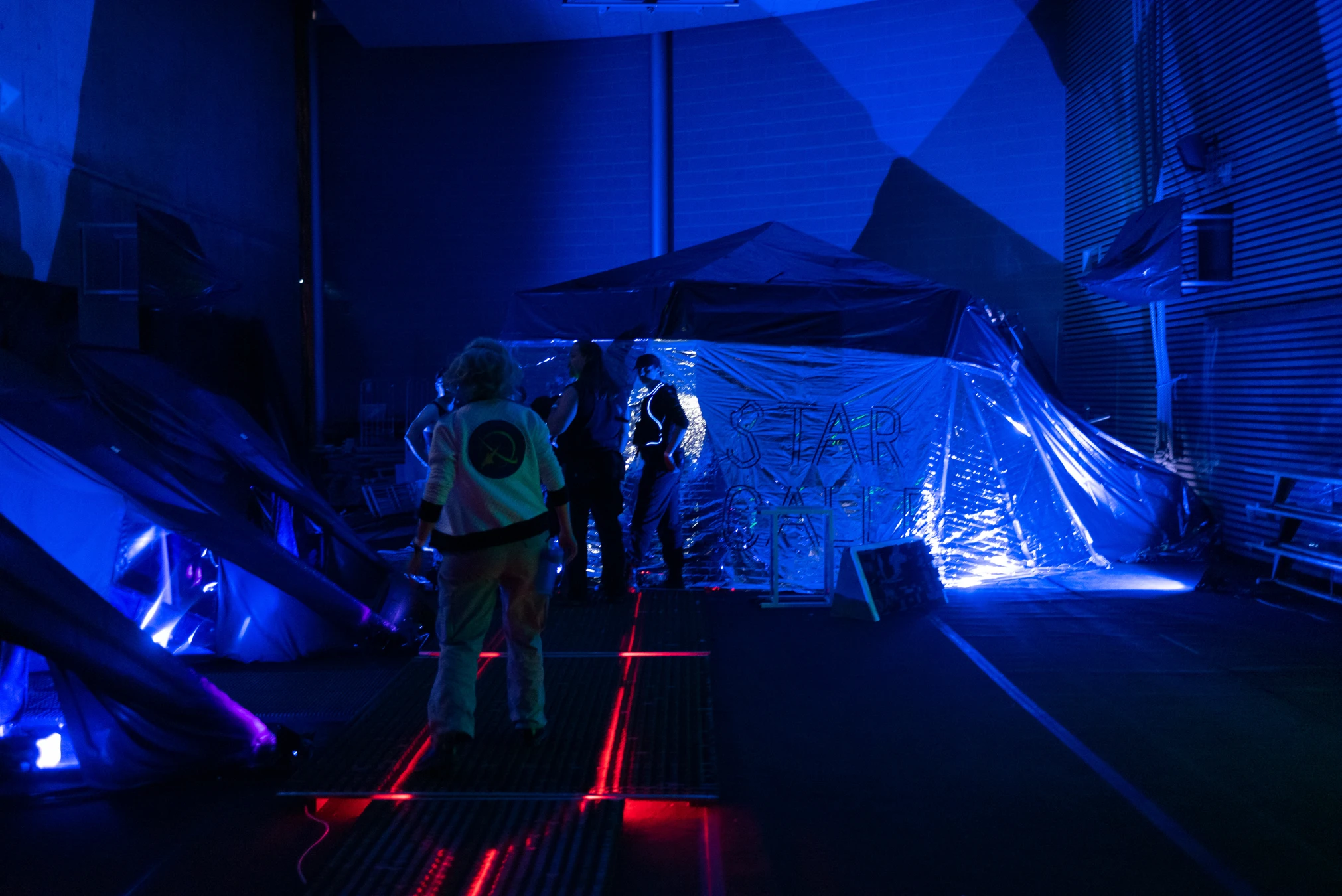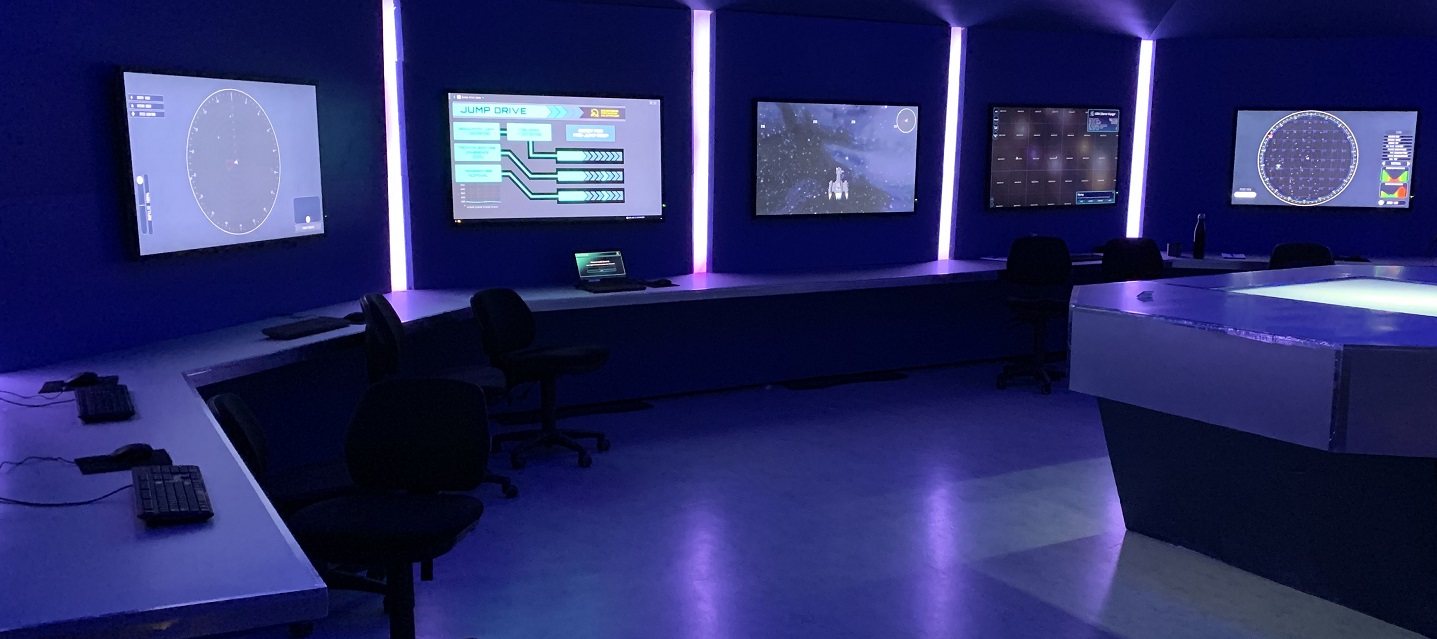Tag: Odysseus
-

Odysseus: In Search of a Clockwork Larp
Running a clockwork larp is a fool’s errand, because the very point of a clockwork is interdependence, and the very point of a larp is agency. The Odysseus team invested a massive amount of skilled labour to take this paradox head-on.
-

Odysseus A Retrospective (2019)
This article discusses the author’s experience of participating in the 2019 run of the Finnish larp Odysseus.